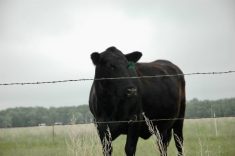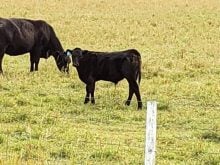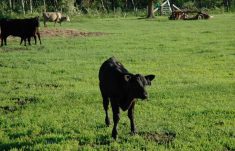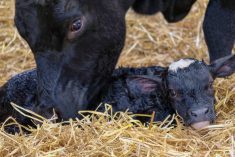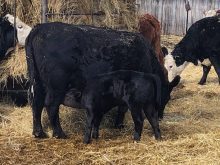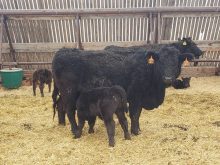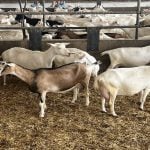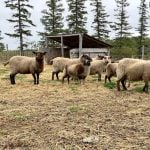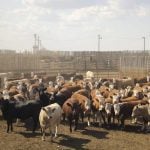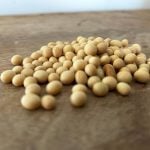One very cold calving season when my son and his wife were calving a large herd, they had to check through the cows very often at night to find the ones that were calving and bring them into the barn. They had to thaw and warm dozens of calves in the little trailer house they used as a cow camp.
Sometimes they’d have five to six new babies in there at once, warming and drying by the woodstove, feeding colostrum with a bottle if the calves were functional enough to suckle, or by stomach tube if they were too chilled. They’d get them warm and dry with a tummy full of energy-producing colostrum before taking them back to their mothers.
Read Also
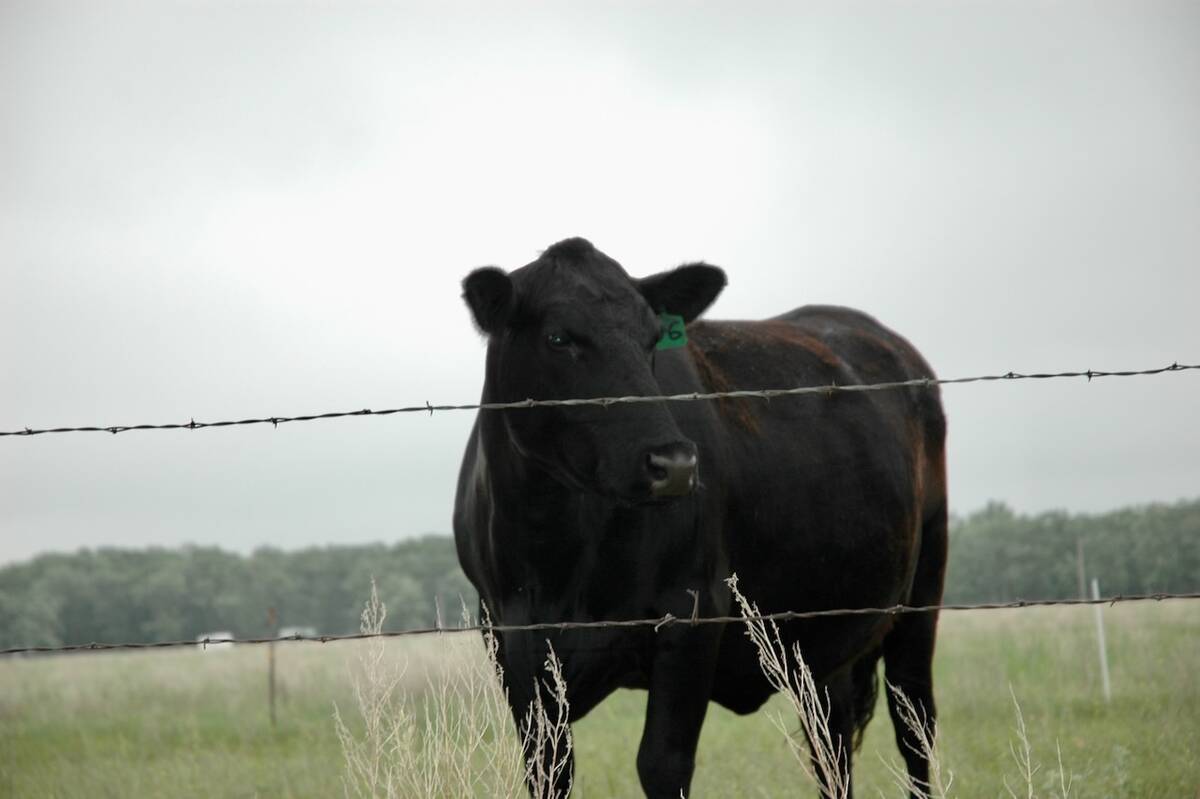
High prices make cow culling decisions easier
There’s some flexibility around good cows that aren’t pregnant, depending on the philosphy of the ranch, but poor-productivity cows should be culled, livestock nutritionist Peter Vitti says.
To make sure they never had a mix-up or confusion as to which calf was which (since a cow knows her own calf by smell and would refuse to take one back that wasn’t hers), they used duct tape to tell them apart.
They didn’t want to put ear tags into new babies during the cold spell, since some of the ears might have already been frozen and the calves might lose their ear tips and possibly their tags, and any bleeding from the tagging could accentuate freezing.
But writing the mother’s number with a marking pen on a piece of duct tape and sticking it onto the back of the calf enabled them to always take the right calf back to its mother. A bunch of newborn black Angus calves can look pretty similar (especially if they’re all heifers or all males!) to a sleep-deprived stockman during calving season, but the duct tape identification makes it quick and easy to tell them apart. The duct tape stays on extremely well — some of these calves were still wearing their “tape” numbers a week or more after they went back to the field with their mamas. – Heather Smith Thomas
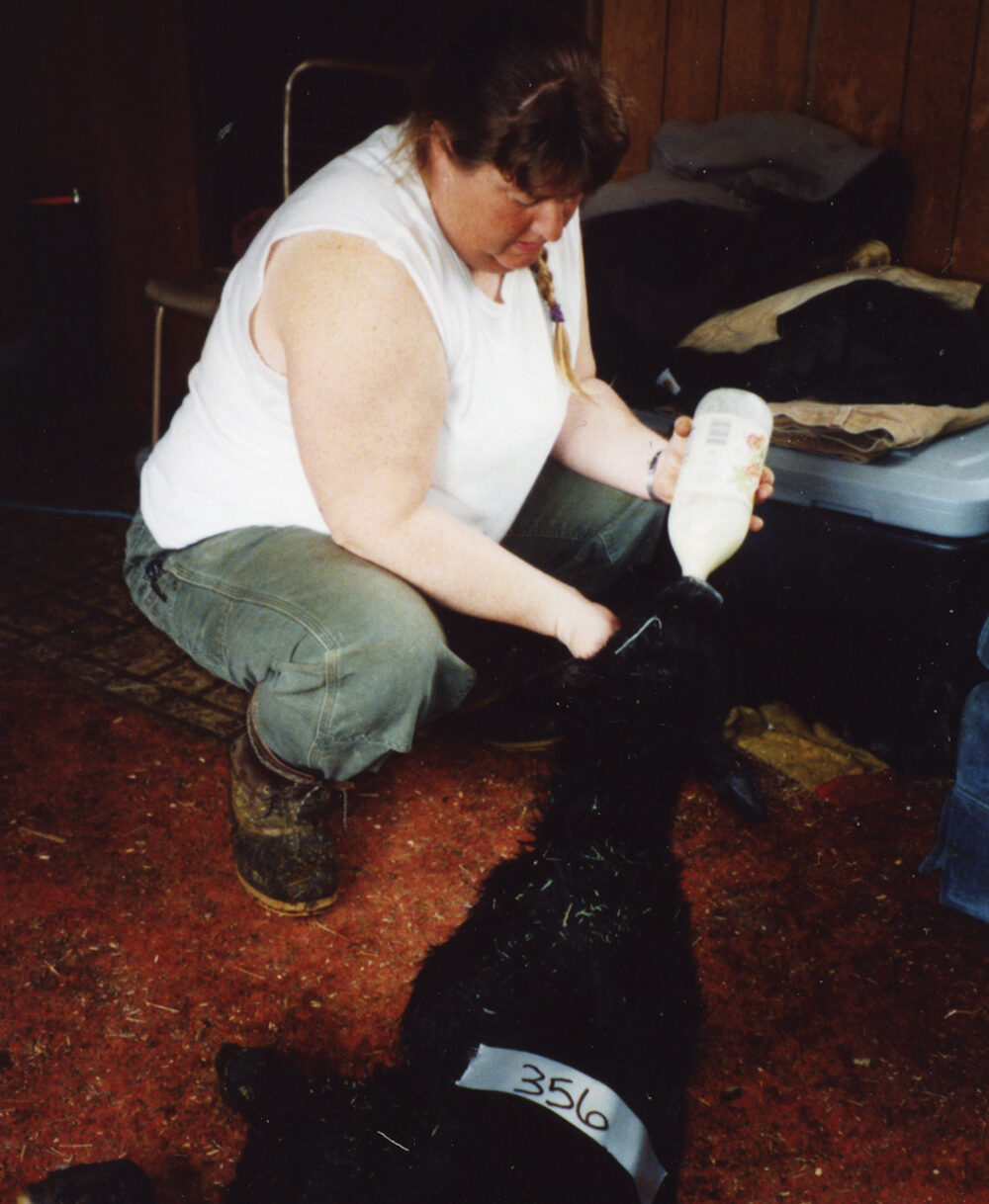
Colourful dog collars
Rob Somerville, who ranches with family members in east-central Alberta, has used coloured dog collars to help manage cattle on the century-old family farm near Endiang, about 90 minutes east of Red Deer.
“It may have been a good idea my wife had,” Somerville says. For the past few calving seasons he has been using bright-coloured dog collars to help identify calves he needs to watch.
“All our calves are given ID ear tags,” says Somerville, who ranches with his wife Laurie. “But when you have a good-sized herd and you need to find five calves out of about 300 head it can take a lot of looking to find the ones you want to check. Using these dog collars has made the job just so much easier.” The brightly coloured dog collars are applied to calves that need some followup attention. It could be a situation where Somerville just wants to find a calf to make sure it is nursing its mother, it may be a calf that needs to be fed morning and evening, or in another case, it may be a calf being treated for some health reason that needs to be watched or given a followup treatment.
“Say, for example, it is a calf and I just want to make sure it is nursing,” he says. “I’ll give it an orange dog collar and then when I’m checking the herd it is very easy to pick out. If there is another calf that needs to be fed twice a day I will give it a different-coloured dog collar. And if it is a calf that needs to be given some sort of treatment I’ll give it another coloured collar. It makes it so much easier to find them.”
Acting on Laurie’s suggestion, Somerville found the collars at an outdoor sporting supply store. They are large, brightly coloured and made of durable plastic-type material. He bought several in different colours. “An important thing to remember, as soon as you are done trying to track a calf, make sure you take the collar off. They can be cleaned up and reused.”
Preventing frostbite during calving
If body tissues become too cold, ice crystals form inside cell membranes and the cells rupture, killing the tissues. Superficial skin layers become discoloured then slough away (like a superficial burn peeling off) but damage to deeper layers and small blood vessels near the surface may lead to more extensive tissue death.
If legs, tail and ears are completely frozen, the calf may eventually lose his ears, or tail, or even his feet. Pricking the frozen extremity with a pin or needle (to see if there is any blood supply or sensation in the tissues) can be a clue whether the tissue has a chance to return to proper function.
If skin is frozen, don’t rub the cold extremities too vigorously (in an attempt to stimulate better circulation) since this may further injure damaged skin. If the tissue has not completely died, the frozen area may become swollen as blood returns to the area, due to injury to blood vessels.



